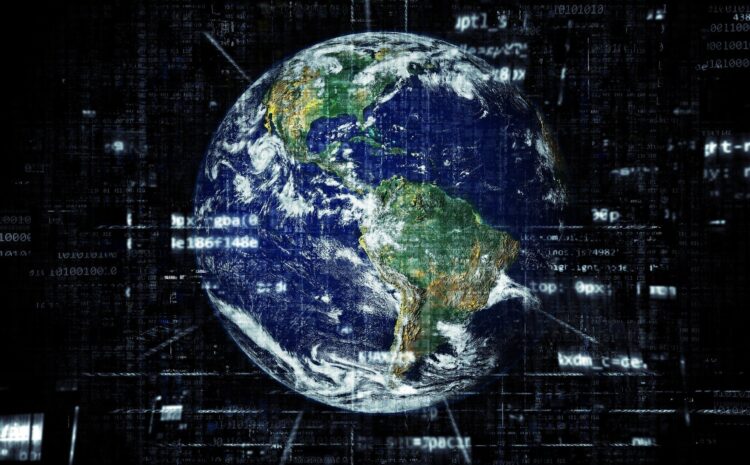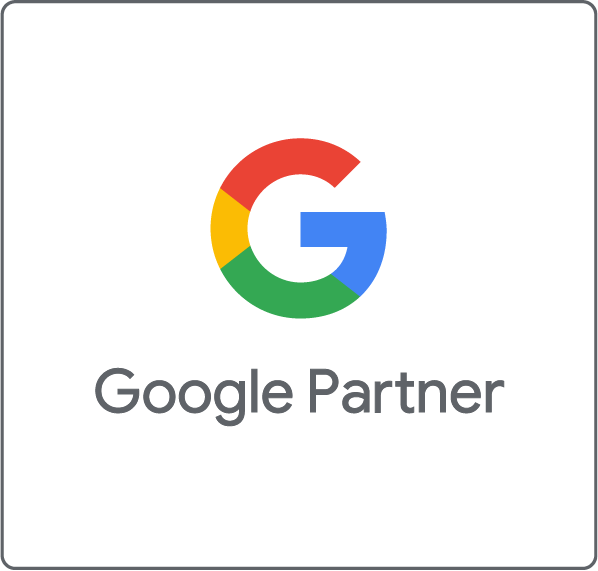What is Web3 Used For?
What is Web3? This is a question that seems to be on a lot of people’s minds as it continues to get mentioned and mentioned in different ways across the internet. There are people who describe it as the new way forward; some deem it a fallacy that will never take off, and then others are utterly indifferent to its existence.
So, what actually is it? Well, the fact of the matter is that we are unlikely to have a complete understanding for a few years yet, but until then, we are able to go off the initial idea behind it to try and work out how it will likely end up looking. This article is going to dive into what web3 is and what it could end up looking like, as well as having a look at some of the other frequently asked questions about it.
What Is Web3?
Let’s start with the big question that is on everyone’s lips, “what is web3?” It’s also written as web 3.0 and is exactly that, the third iteration of the web as we know it. The original idea came about back in 2014 by Gavin Wood, who is a computer scientist and also the co-creator of Ethereum. He posted a blog on his website which was entitled: “Insights into a Modern World”. It is well worth a read on its own but to surmise; Wood described Web3 as the internet that would arise post-Snowden. The whole point is to create a brand new and totally decentralised version of the internet that would use blockchain technology.
Given recent controversies within the world of the internet, we find ourselves in a position of forever re-examining our privacy on the web. Specifically, which people have ready access to our online activity? Wood comments saying, “we engineer the system to mathematically enforce our prior assumptions, since no government or organisation can reasonably be trusted.” To put it plainly, if we lived in a world that was to use Web3, we would know exactly what is happening with all of our data online.
Since this blog post in 2014, the meaning of web3 has evolved somewhat. Now, not only is it considered a new way that internet users will be able to manage their data, but it is also an effective means by which the ownership of the internet could be redistributed.
How Does Web3 Work?
Though its formation is still underway, we are able to begin somewhat examining how some aspects of web3 would occur in order to achieve the aforementioned goals.
Data Ownership
Your data is collected whenever you go online and use a popular site such as YouTube or Facebook. Not only is it collected, but it is also owned and then monetised by these organisations. When you use web3, you will find that your data is not collected but is instead stored in your very own crypto wallet. This means that you will still have the freedom to engage with all of the different apps and communities that you already do but rather than having your data stored, you will take it all with you when you log off. After that, given all of the data belongs to you, it will be your choice whether or not you would like to monetise it.
Pseudonymity
The crypto wallet that you use will have privacy built into it. When you use web3, this wallet is your identity, but that does not mean that it is very easily linked to your real-life identity. As such, people may well be able to see the activity that has been taking place in your wallet, but they won’t know said wallet is linked to you as an individual. Essentially, your activities are public (as they are on the current web), but any kind of personal information will remain hidden.
It’s Democratic
If you use Web3, then all of the apps that you use are going to be run by a decentralised autonomous organisation. This means that rather than there being some kind of central administration out there that makes every single decision when running apps, the decisions will get made instead by users who have a range of governance tokens. These tokens can be obtained through the likes of participating in a decentralised app by upkeeping it or buying the app altogether.
How Does Web3 Differ from Previous Iterations of the Web?
During the first few years of the web (now aptly referred to as web 1.0) websites were only able to be read. Essentially, this means that you could only see web pages and were unable to interact with them. The users of the internet were consumers and nothing more, and if you wanted to contribute by making your own website, it took a great deal of time to do this.
Next came web 2.0, which is what we are familiar with today. One of the big changes that came with this was that its users had the ability to write as well as read. Not to mention, the owners of web pages had the ability to view metrics in order to consider just how popular their posts were and what their click-through rates were like as a result. Web 2.0 also saw the rise of social media and made it so that content creation was possible with ease, which was never an option with the first version of the web.
What Does the Future of Web3 Look Like?
Web3 is certainly an interesting concept, and given the recent concern that a lot of web users now have over how their private data gets used, there is also clearly a demand for it. Of course, at the moment, it is still in development and whether or not it could be successful remains speculative.
In order to be kept up to date with the development of web3 and any updates that occur in the meantime, you should be sure to follow some blockchain and crypto related blogs. YouYaa is constantly keeping on top with developments in this industry, so be sure to keep an eye out for more information.



